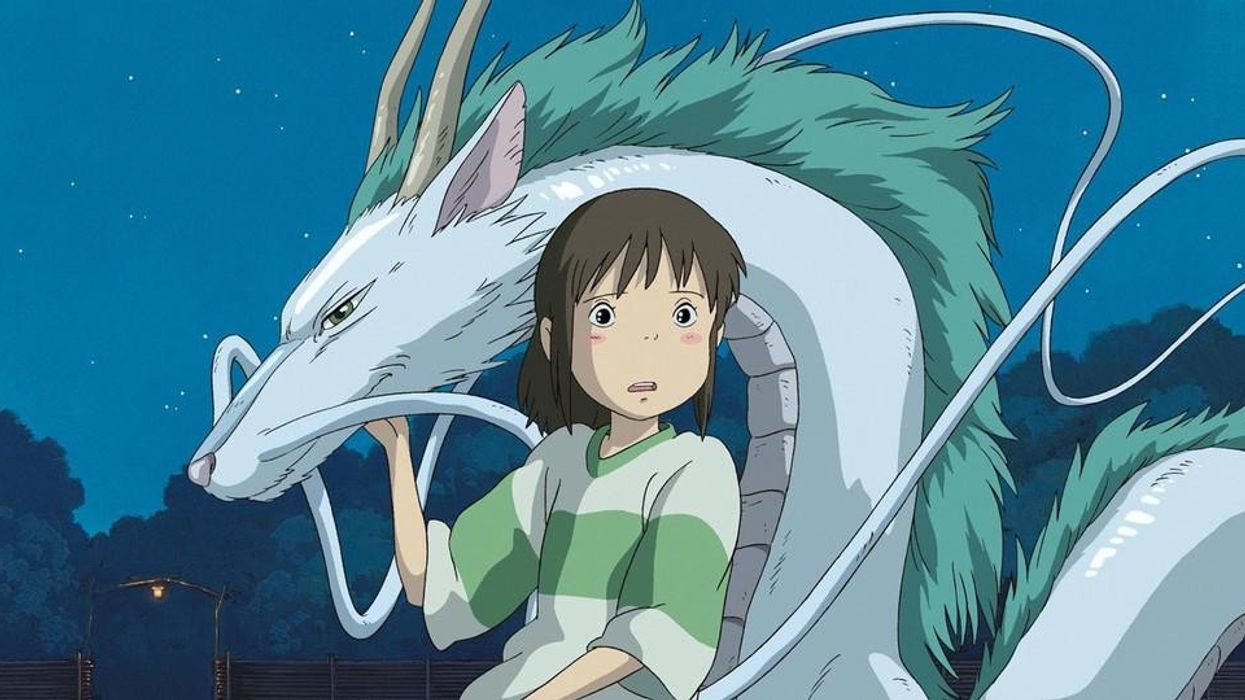Watch: Hayao Miyazaki's Tried and True Storytelling Recipe
In Miyazaki’s case, a movie "formula" might be a good thing.

It’s been said that there are only four or five stories that are told over and over again. In other words, there’s nothing new, so it’s all about the way the story is retold. As a filmmaker, you may find that the more films you make, the truer and truer this becomes for you: you may find yourself returning to certain story lines or themes that interest you or inspire you, and that most of your films are built around these elements.
In the new video essay at YouTube's Film Thought channel about Hayao Miyazaki, who showed up on several recent lists of best films of the 21st century, the essayist points out that Miyazaki’s repetition has gelled, more or less, into a formula. Despite whatever negative connotations that word might have, Miyazaki’s "formula" for the benefit of the films. We break down some of his repeating elements below.
Female Hero
The large majority of Miyazaki’s films, from Spirited Away to Kiki’s Delivery Service to Princess Mononoke have a strong female protagonist; we follow this character through the film, ultimately seeing it from her perspective and, in the weird way Miyazaki’s films work, wondering if many of the imaginative flights Miyazaki takes aren’t in fact flights of the protagonist’s mind.
Sidekick
For every great hero, there should a be sidekick. The essay points out the example of Haku in Spirited Away or the cat Jiji in Kiki’s Delivery Service; these characters follow the protagonist every inch, providing, in some cases, ballast for the imaginative reaches of the story. Viewers can identify with the sidekick's point of view, as it often resembles that of a skeptical observer.
Love Interest
There’s usually, as pointed out here, some romance in the film; given that the protagonists might often be children, this is innocent stuff, with both the gentleness and confusion of young love; think of Haku and Chihiro in Spirited Away, and of all of the romantic tension between them.
Old Wise Characters
Miyazaki loves to defer within the story to older characters who carry with them both wisdom and magical powers. Consider, for instance, the old wise woman who sends Prince Ashitaka on his journey in Princess Mononoke; sometimes these elderly characters shape Miyazaki's films in ways you might not expect.
Miyazaki's storylines serve as a powerful example for filmmakers of all stripes.
Flight
In Miyazaki’s films, flight is less a recurring motif than an agent for plot progression, a tool which facilitates smooth and elegant development. In Kiki's Delivery Service, the story would be nothing if Kiki were not able to fly.
Beautiful Scenery
The essay points out, quite rightly, that the natural backdrops of Miyazaki’s films are, in addition to being meticulously drawn, usually quite gorgeous, with a near-photographic sheen, by contrast with the characters’ caricatured, fantastical, or sometimes pointedly simplified features. Miyazaki’s stories hover somewhere between believability and unbelievability despite their fanciful trappings, and this contrast may be at the heart of that quality.
It would be easy, examining these similarities, to say Miyazaki is simply repeating himself dully—but in fact, he serves as a powerful example for filmmakers of all stripes. If you find a motif that you like, develop it over the course of more than one film. See where it leads you. Just as there are an infinite number of views of the Grand Canyon, there are, in a sense, as many stories as there are films, despite whatever similarities there may be among them. In fact, repetition could help solidify your reputation as you become a better teller of the four or five storylines that you come to call yours.
Are there story types or story elements you feel particularly drawn to? Let us know in the comments.











